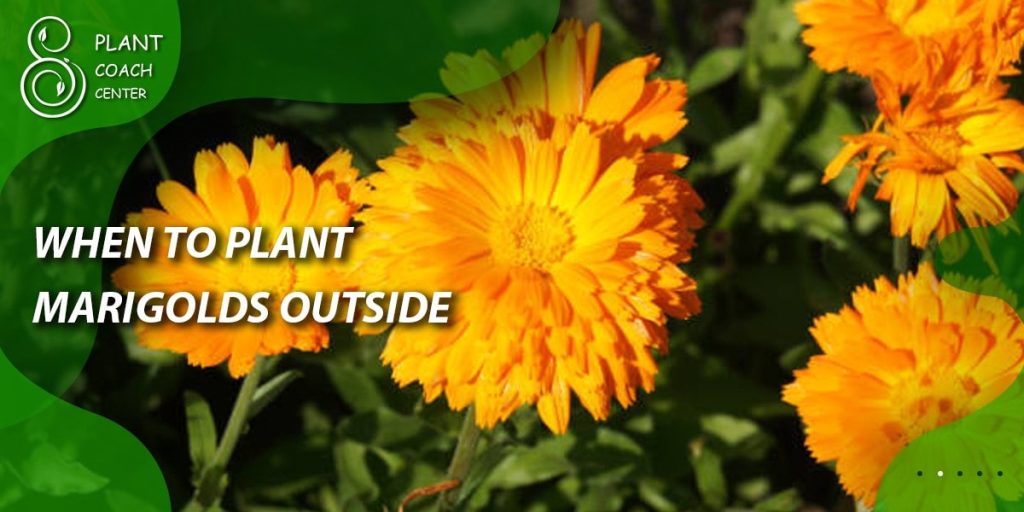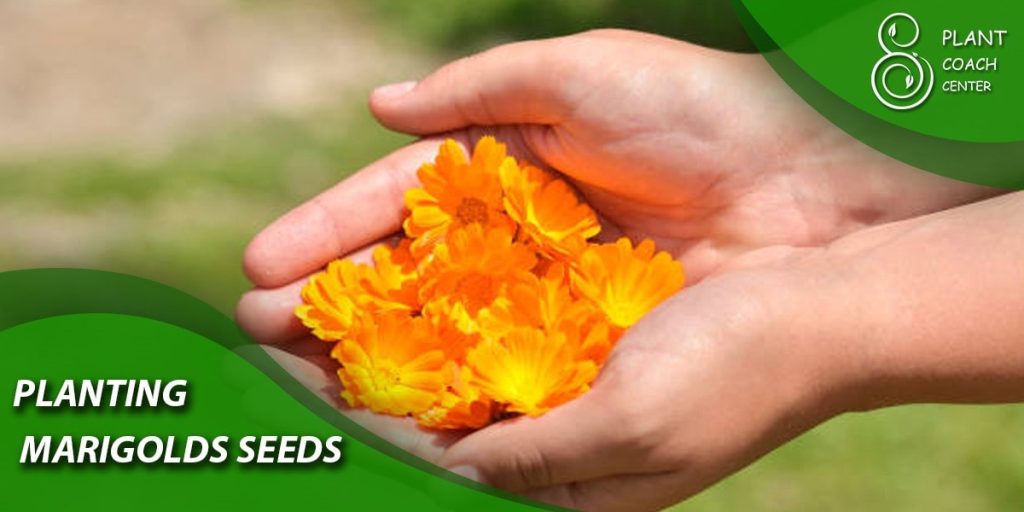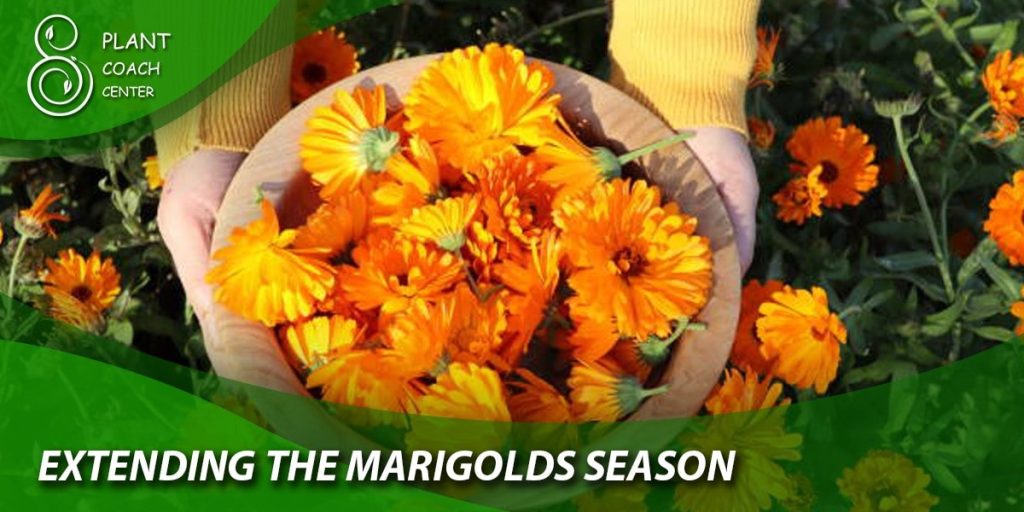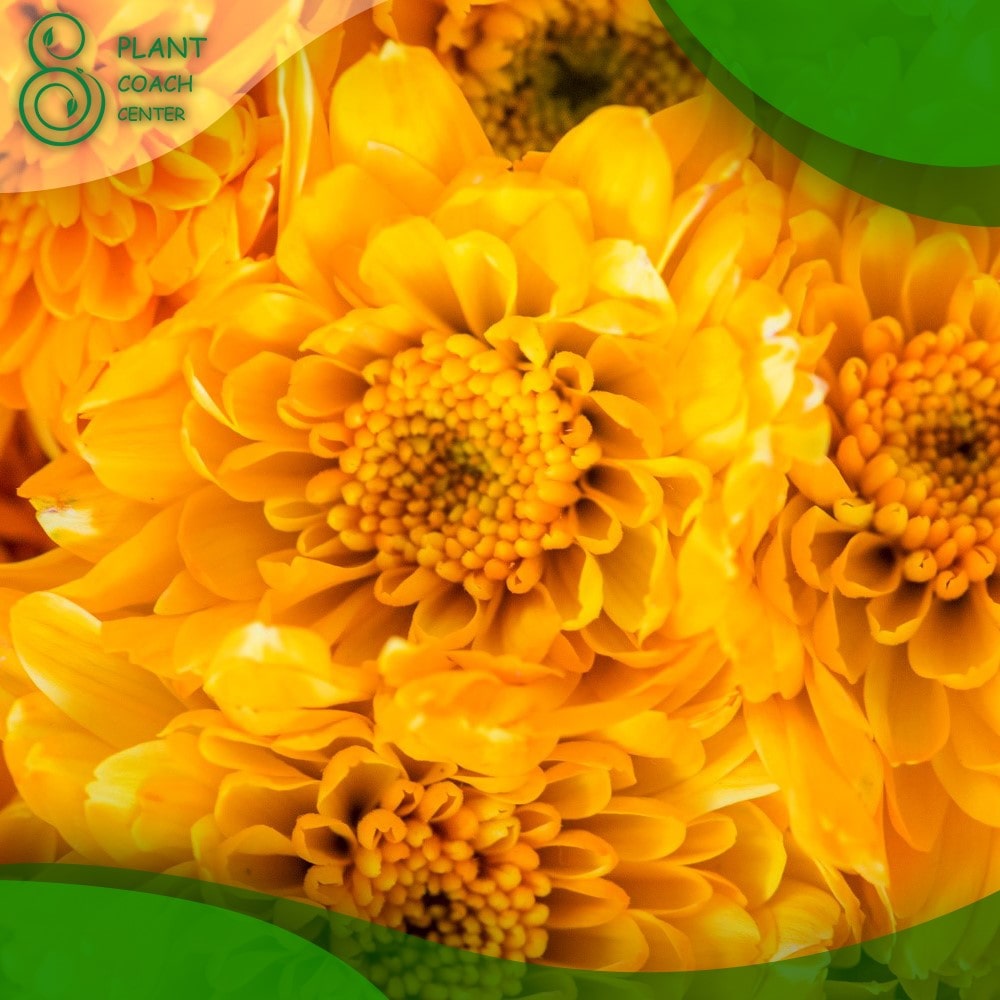When to Plant Marigolds Outside
Welcome to the ultimate guide on when to plant marigolds outside. In this comprehensive article, we will delve into the optimal timing for planting marigolds and provide valuable insights into marigold seeds. Whether you are a seasoned gardener or a novice plant enthusiast, this article will equip you with the knowledge you need to successfully grow marigolds in your outdoor garden.
Understanding Marigolds
Marigolds are vibrant and versatile garden flowers that have been cherished by gardeners for centuries. Known for their bright blooms and distinct fragrance, marigolds bring beauty and charm to any outdoor space. Beyond aesthetics, marigolds offer several benefits for the garden ecosystem. They attract beneficial insects like bees and butterflies while repelling pests such as aphids and nematodes, making them an excellent addition to your garden’s pest management strategy.
There are various marigold varieties to choose from, each with its own unique characteristics. The most common types include French marigolds, African marigolds, and signet marigolds. French marigolds are compact and come in a wide range of colors, while African marigolds have larger blooms and thrive in warmer climates. Signet marigolds are known for their edible flowers and finely divided foliage.
Factors Influencing Planting Time
Several factors should be considered when determining the ideal time to plant marigolds outside. Understanding these factors will help ensure successful growth and blooming.
When to Plant Marigolds Outside

- Climate considerations: Marigolds thrive in warm climates with plenty of sunlight. They prefer temperatures between 70°F and 85°F (21°C – 29°C). It is essential to choose the appropriate marigold variety that suits your specific climate conditions.
- Frost dates: Marigolds are sensitive to frost, so it’s crucial to wait until all danger of frost has passed before planting them outside. Check your local frost dates to determine the optimal time for marigold planting.
- Temperature requirements: Marigolds are warm-season plants, and they do not tolerate cold temperatures well. Soil temperatures should be at least 50°F (10°C) before planting marigold seeds or seedlings.
- Soil conditions: Marigolds prefer well-draining soil enriched with organic matter. Prepare the soil by removing weeds and incorporating compost or aged manure to improve its fertility and texture.
When to Plant Marigolds Outside
The timing of planting marigolds outside depends on the specific season and climate in your region. Here are some guidelines to consider:
Spring planting: If you live in a region with mild winters, you can start planting marigolds outdoors in early spring, once the soil has thawed and temperatures are consistently above freezing. Early spring planting allows the marigolds to establish robust root systems before the heat of summer.
In regions with colder winters, it is advisable to wait until late spring to plant marigolds outside. By this time, the soil has warmed up, and the risk of frost has significantly reduced.
Summer planting: If you missed the spring planting window, don’t worry—marigolds can still be planted in the summer. Ensure that you provide adequate water and monitor them closely during the hotter months to prevent stress.
Fall planting: In some regions, marigolds can be planted in the fall for late-season blooms. Plant them at least 6 to 8 weeks before the first expected frost to allow sufficient time for growth and establishment.

Planting Marigold Seeds
Growing marigolds from seeds is a rewarding experience that allows you to witness the entire life cycle of the plant. Here’s a step-by-step guide to planting marigold seeds:
- Understanding marigold seeds: Marigold seeds are relatively large and easy to handle. They come in various colors, shapes, and sizes, depending on the marigold variety. Consider purchasing high-quality seeds from reputable sources or saving seeds from your existing marigold plants.
- Preparing the soil: Choose a well-draining location for planting marigold seeds. Loosen the soil and remove any debris or weeds. Amend the soil with compost or organic matter to improve its fertility.
- Sowing marigold seeds indoors: Start marigold seeds indoors 6 to 8 weeks before the last expected frost. Fill seed trays or pots with a seed-starting mix, moisten it, and sow the seeds at a depth of ¼ inch (6mm). Keep the soil consistently moist and provide sufficient light for germination.
- Transplanting marigold seedlings outdoors: Once the danger of frost has passed and the seedlings have grown two to three sets of true leaves, they can be transplanted outdoors. Harden off the seedlings by gradually exposing them to outdoor conditions over a week. Choose a sunny location with well-draining soil, space the seedlings according to the variety’s requirements, and water them thoroughly after transplanting.

Caring for Marigolds
Proper care is essential for the healthy growth and blooming of marigolds. Here are some key aspects to consider:
Watering requirements: Marigolds prefer consistently moist soil, but they don’t tolerate waterlogged conditions. Water the plants deeply, ensuring the water reaches the root zone. Aim for about 1 inch of water per week, adjusting based on rainfall and temperature.
Fertilization techniques and timing: Marigolds generally don’t require excessive fertilization. Before planting, incorporate a balanced slow-release fertilizer into the soil. Avoid excessive nitrogen fertilizers, as they can promote foliage growth at the expense of flower production.
Controlling pests and diseases: Marigolds are relatively resistant to pests and diseases. However, they may still encounter problems like aphids, spider mites, or fungal diseases. Monitor your plants regularly and take appropriate measures, such as using organic insecticides or practicing cultural methods like proper spacing and good airflow.
Pruning and deadheading: Regular pruning and deadheading help maintain the appearance and vigor of marigold plants. Remove spent flowers by pinching or cutting them back to encourage continuous blooming. Pruning can also help manage the plant’s size and shape.
Mulching and weed control: Apply a layer of organic mulch around marigold plants to conserve moisture, suppress weeds, and regulate soil temperature. Keep the mulch a few inches away from the plant stems to prevent moisture-related issues.

Extending the Marigold Season
With proper care and strategic techniques, you can extend the blooming season of your marigolds. Consider the following methods.
Deadheading and pinching back: Regularly remove faded flowers to prevent the plant from going to seed prematurely. Additionally, pinching back the plants’ tips when they are young encourages branching and more abundant flowering.
Protective covers or cold frames: In cooler climates, use protective covers or cold frames to shield marigolds from frost and extend their growing season. These structures provide insulation and protect the plants from extreme temperature fluctuations.
Companion planting strategies: Pair marigolds with other plants that have similar sun and water requirements. For example, interplanting marigolds with vegetables like tomatoes or peppers can help deter pests while adding vibrant colors to the garden.
Successive plantings: Stagger your marigold plantings throughout the season. By sowing new seeds or transplanting seedlings every few weeks, you can enjoy a continuous display of fresh blooms.

Conclusion
By following the guidelines provided in this comprehensive article, you will be well-equipped to determine the ideal time for planting marigolds outside. Remember to visit Plant Coach Center for more expert advice and resources on plant care and gardening. Enjoy the vibrant beauty of marigolds in your garden and reap the benefits they bring to your outdoor space.
Can I plant marigold seeds directly in the ground?
Yes, marigold seeds can be sown directly in the ground, but starting them indoors provides better control over germination and early growth.
How long does it take for marigold seeds to germinate?
On average, marigold seeds take about 5 to 7 days to germinate under optimal conditions.
Can marigolds tolerate frost?
Marigolds are sensitive to frost. It is best to wait until all danger of frost has passed before planting them outside.
Should I deadhead marigold flowers?
Deadheading marigold flowers promotes continuous blooming and prevents the plants from going to seed too early.
How often should I water marigold plants?
Marigolds require regular watering to keep the soil moist but not waterlogged.
Can marigolds be grown in containers or pots?
Yes, marigolds can be successfully grown in containers or pots as long as they have adequate drainage and receive sufficient sunlight.







